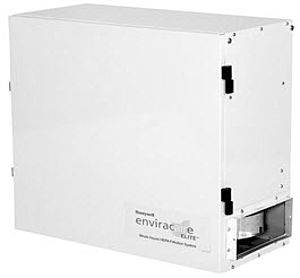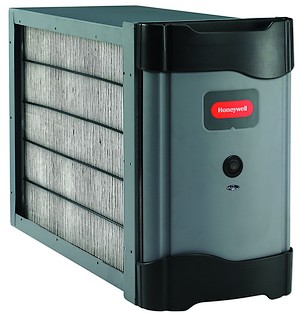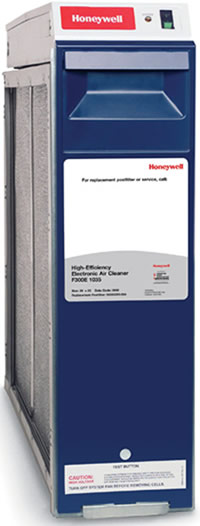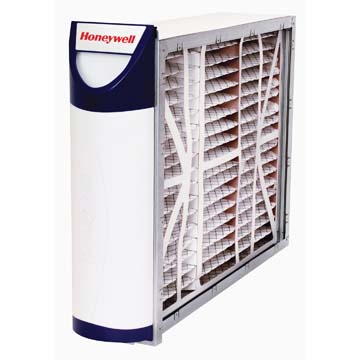

Indoor Air Quality
If you could see the air you breathe under a microscope, you might be in for quite a surprise. There's a whole lot more in the air than you may think.
In fact, floating in indoor air could be a "soup" of particles too small to be seen by the naked eye. But large enough to cause problems.
Some of these particles can stain walls, furniture, carpets and drapes. And some coat the inner workings of your heating and cooling equipment, diminishing its efficiency.
Fortunately, there are these three simple strategies that can reduce indoor air pollution — source control, ventilation, and air filtration.
Source Control
Source Control reduces the level of the source. Good examples of source control are encouraging smokers to step outside to indulge their habit or keeping windows closed during prime ragweed season.
Ventilation
Ventilation replaces a portion of stale indoor air with fresher outdoor air. Opening windows when you burn toast, for instance, is a good example of ventilation. Exhaust fans in bathrooms and kitchens are also important for ventilation.
Filtration
Filtration reduces the level of particles in the air. Install a whole-house air cleaner, and whenever the blower motor runs, dirty air will be filtered as it passes through the heating and cooling system.
So, what's an effective way to filter out particles in the air you breathe? We suggest the Honeywell Electronic Air Cleaner, a device that captures over 94% of the particles (0.5 microns or larger) from the air that passes through it.
Click here to view the line-up of Honeywell Air Filtration systems that we install.
Ultraviolet Air Treatment
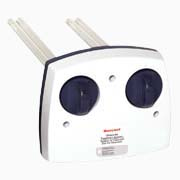 Airborne pathogens can be circulated and spread in the airflow of residential ductwork. The high intensity energy from Honeywell UV air treatment system has been proven to kill up to 87% of certain airborne bacteria passing by the lamp in a single pass.
Airborne pathogens can be circulated and spread in the airflow of residential ductwork. The high intensity energy from Honeywell UV air treatment system has been proven to kill up to 87% of certain airborne bacteria passing by the lamp in a single pass.
- Zaps surface mold that can grow on cooling coils
- Kill airborne bacteria that can recirculate through your home
- Helps create a more energy efficient home
- 5 year warranty
We supply and service
Honeywell Electronic Air Cleaners
